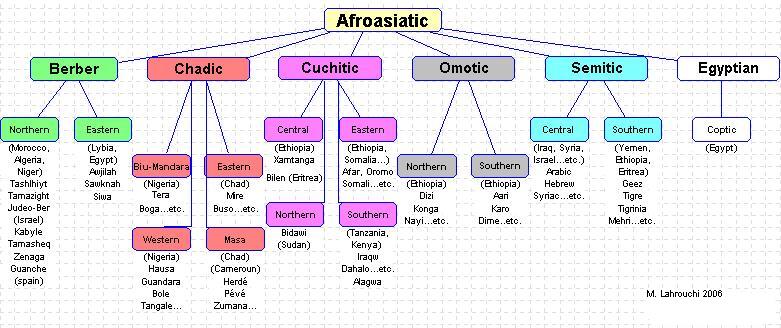"Berbers" or "Imazighen" are
the original inhabitants of North and Northwest Africa. Actually, the
term "Berber" refers more to the language spoken in the area than to
the ethnic groups. "Imazighen" is the plural of "Amazigh", a word which
means "a free man". The Berber people are a mixture of different ethnic
groups and no one really knows where they came from. Genetic evidence
seems to indicate that their ancestors came from East Africa and/or the
Middle East. The arabization of the Berbers which began with the
Islamic conquest in the 7th century AD, led to the predominance of the
Arabic language in North Africa. Nowadays, about 40 % of the Moroccans
and 25 % of the Algerians still speak Berber.
The history of the Berber
people is as old as that of the ancient Egyptians, who has mentioned
them in their writings during the Predynastic Period and during the New
kingdom. References to them also occur in Greek and Roman sources. Over
time, Berber people were invaded successively by Phoenicians, Greeks,
Romans, Vandals and Alans, Byzantines, Arabs, Ottomans and the French
and Spanish.
Berber or Amazigh languages
belong to the Afroasiatic family (see among others Greenberg, J. H.
(1966), The languages of Africa; Cohen, M. et al. (1988), Les langues
du Monde ). They are spoken in North and Northwest Africa by more than
22 million people; especially in Morocco (12 million), Algeria (more
than 7 million), Niger, Mali, Tunisia, Lybia, Egypt, Chad and the
Canary Islands. The main Berber varieties are Tashlhiyt, Tamazight and
Tarifit which are spoken in the south, middle and north of Morocco,
respectively. Taqbaylit is spoken in Algeria. Tuareg is spoken in Mali
and Niger..etc. In the last decade, Morocco and Algeria have adopted
the Tifinagh alphabet as the official writing system for the language.
Tuareg people in Niger and Mali used to write their language in this
alphabet a long time ago.
Agadir is one of the main
Berber cities in Morocco with more than 350000 inhabitants (the city
and the surrounding area). The city is located in South Morocco,
250 km south Marrakesh. Its name means "a fortress" or " fortified
granary" in Berber. Formerly, it was a fishing village. Under the
influence of the Portuguese, Saadians, Alaouites, Germans and French,
among others, the village was transformed into a prosperous port.On 29
February 1960, at exactly 23:47 p.m, a devastating earthquake rocked
the city. Currently, it is one of the main tourist destinations in
Morocco. The Berber variety spoken in the area is called Tashlhiyt.


© 2006-2019, Mohamed Lahrouchi



